
Poultry Diseases
February 14, 2024, 3:06 pm
There are several poultry diseases that can affect egg production in poultry farming. Below is a list of the most common poultry diseases in poultry farming and the important facts you must know about them.
Infectious Bronchitis
Infectious bronchitis is a highly contagious respiratory disease that can lead to a drop in egg production due to respiratory distress and damage to the reproductive tract.
Newcastle Disease
Newcastle disease affects the respiratory, nervous, and reproductive systems in poultry, leading to reduced egg production and eggshell quality. Watch this video to see how to protect your poultry farm from Newcastle disease outbreaks.
Avian Influenza
Avian influenza can cause a sharp decline in egg production, as infected birds may stop laying altogether. It can also lead to high mortality rates. Watch this video to see how to protect your poultry farm from bird flu.
Infectious Laryngotracheitis (ILT)
It can cause severe respiratory distress in birds, leading to stress-induced reduction in egg production. Watch this video to see how to boost egg production in your poultry farm.
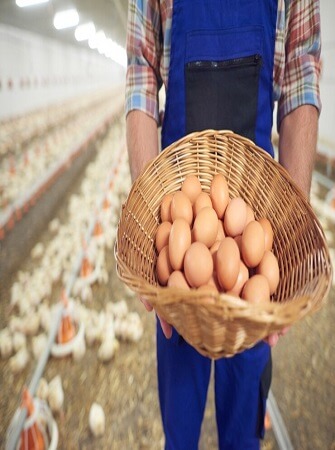
Mycoplasma Infections
Mycoplasma gallisepticum and Mycoplasma synoviae can affect egg production by causing respiratory issues and salpingitis, which affects the reproductive organs.
Egg Drop Syndrome
It is caused by adenoviruses and can lead to a sudden drop in egg production, as well as soft-shelled and misshapen eggs.
Eimeria Infections (Coccidiosis)
Severe coccidiosis infections can lead to decreased feed intake, weight loss, and a decline in egg production due to the overall health of the birds being compromised.
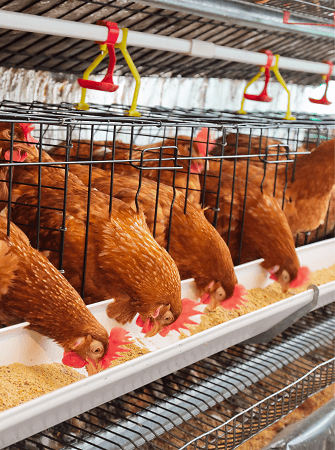
Salmonella Infections
Salmonella can cause reduced egg production as a secondary effect of illness, along with posing a food safety risk.
Egg Peritonitis
This condition may not be an infectious disease but can lead to decreased egg production.

It occurs when eggs are laid internally and cause inflammation in the abdominal cavity.
Preventive measures such as vaccination, biosecurity, and good management practices are essential to minimize the impact of these diseases on egg production in poultry. It's important to consult with a veterinarian for proper diagnosis and control strategies. Watch this video to learn how to implement effective biosecurity measures on your poultry farm.
Marek Disease in Poultry Farming
Marek’s disease is also very common in poultry farming and below are some facts you should know about Marek’s disease.
Named After a Scientist: Marek's disease is named after the Hungarian veterinarian József Marek, who first described the disease in the early 20th century.
Immunosuppressive: In addition to causing tumors, Marek's disease virus (MDV) is known for its immunosuppressive effects, making infected birds more susceptible to other diseases.
Multiple Serotypes: There are multiple serotypes of MDV, with serotype 1 being the most common and virulent in poultry.
Lifelong Carrier State: Infected birds become lifelong carriers of the virus, shedding it intermittently and potentially infecting other flock members.
No Zoonotic Risk: Marek's disease is not a zoonotic disease, meaning it cannot be transmitted to humans.
Vaccination Challenges: Developing effective vaccines against Marek's disease has been challenging due to the virus's ability to rapidly mutate.
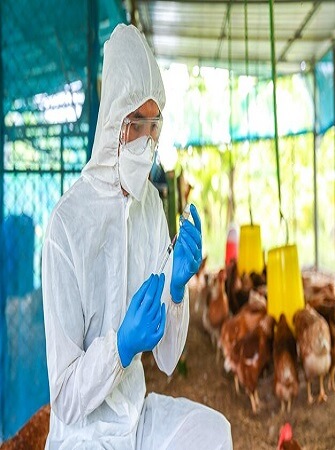
Integration into Host DNA: The Marek’s disease virus genome can integrate into the host's DNA, contributing to its persistence and the potential for disease outbreaks.
Control Strategies: Apart from vaccination, control strategies may include strict biosecurity measures, culling infected birds, and avoiding co-mingling of flocks.
Economic Impact: Marek's disease can lead to significant economic losses in the poultry industry, affecting both meat and egg production.
Global Prevalence: Marek's disease is prevalent worldwide and requires constant vigilance to prevent and manage outbreaks.
Marek's disease is a complex and challenging disease for poultry farmers, underscoring the importance of proactive prevention and management strategies.
Fowlpox in Poultry Farming
Fowlpox is a viral disease that affects poultry, primarily chickens and turkeys. To prevent fowlpox from causing damage in your poultry farm, you must know these important points about it:
1. Causative Virus: Fowlpox is caused by the avian poxvirus, which exists in two forms: cutaneous (skin) and diphtheritic (respiratory and oral).
2. Transmission: The virus is typically spread through direct contact with infected birds, contaminated feed, water, or equipment. Mosquitoes can also act as vectors, transmitting the virus from bird to bird.
3. Clinical Signs: Infected birds may exhibit various symptoms, including skin lesions, scabs, nodules, and diphtheritic membranes in the mouth, throat, and trachea. Affected birds may have difficulty breathing and swallowing.
4. Cutaneous Fowlpox: This form primarily affects the skin and causes scabby lesions on the comb, wattles, face, and feet. It's generally less severe than diphtheritic fowlpox.
5. Diphtheritic Fowlpox: This form affects the mucous membranes of the mouth, throat, and respiratory tract. It can lead to severe respiratory distress and difficulty in eating and drinking.
6. Mortality: While fowlpox itself may not be highly lethal, it can lead to secondary infections due to open sores, making the affected birds susceptible to other diseases.
7. Prevention: Vaccination is a crucial tool in preventing fowlpox. There are both live and inactivated vaccines available for poultry. Proper biosecurity measures can also help reduce the risk of transmission.
8. Treatment: There is no specific antiviral treatment for fowlpox. Management involves isolating infected birds, providing supportive care, and preventing secondary infections.
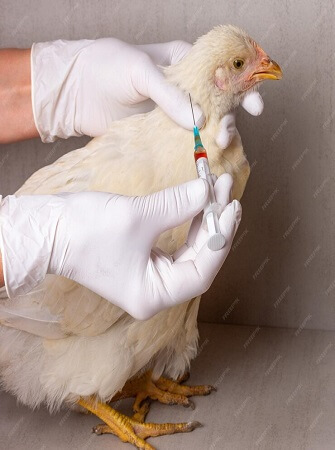
9. Economic Impact: Fowlpox can have a significant economic impact on poultry farms due to reduced egg production, weight loss, and increased mortality in affected birds. Prompt detection, vaccination, and good biosecurity practices are essential for controlling fowlpox in poultry and minimizing its impact on flocks.
Poultry Bacteria Diseases
Handling poultry diseases caused by bacteria requires careful consideration of several critical factors. Here are some important details about these factors:
1. Biosecurity Measures: Implement strict biosecurity protocols to prevent the introduction and spread of bacteria. This includes controlling access to the poultry farm, disinfecting equipment, and proper waste management.
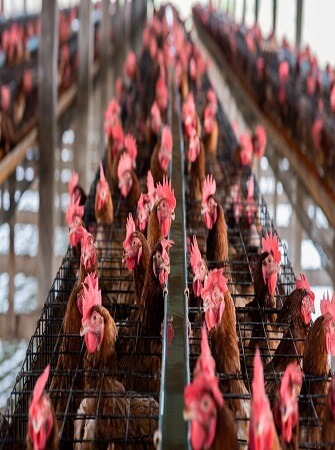
2. Vaccination: Administer vaccines against specific bacterial diseases common in poultry, such as Salmonella or Clostridium. Ensure proper timing and follow recommended vaccination schedules.
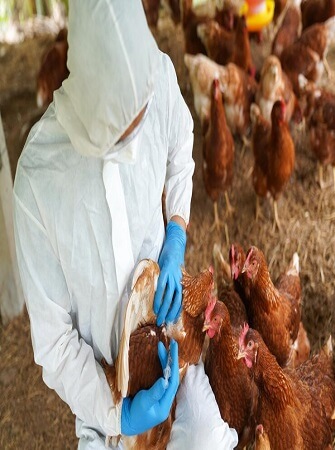
3. Quarantine: Isolate new birds before introducing them to the existing flock to prevent the potential spread of bacterial diseases. Monitor them for signs of illness during this period.
4. Hygiene and Sanitation: Maintain a clean environment within the poultry facility. Regularly clean and disinfect equipment, housing, and water sources to reduce the risk of bacterial contamination.
5. Nutrition: Provide a balanced and nutritionally adequate diet to boost the birds' immune system. A well-nourished bird is better equipped to fight of infections.
6. Water Quality: Ensure a clean and uncontaminated water supply, as contaminated water can transmit bacterial diseases. Regularly test water sources for contamination.
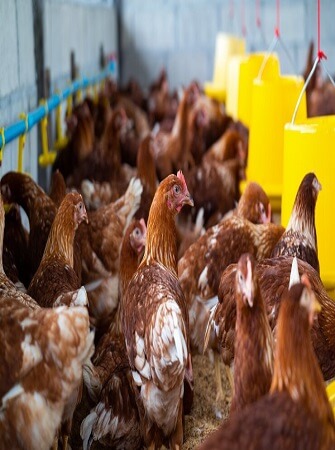
7. Disease Surveillance: Implement a surveillance system to monitor bird health and detect signs of bacterial diseases early. Regularly inspect the flock for symptoms like diarrhea, respiratory distress, or reduced egg production.
8. Veterinary Care: Establish a relationship with a poultry veterinarian who can provide guidance on disease prevention, diagnosis, and treatment if necessary.
9. Isolation and Culling: If bacterial diseases are detected, promptly isolate infected birds and consider culling to prevent the spread of the disease to the entire flock.
10. Record Keeping: Maintain detailed records of vaccinations, treatments, and any disease outbreaks. This information can be valuable for future disease management and prevention.
11. Worker Training: Train farm workers on proper hygiene practices and biosecurity measures to minimize the risk of introducing or spreading bacterial diseases.
12. Zoonotic Risk: Be aware of zoonotic diseases (diseases that can transfer from animals to humans) associated with poultry, such as Salmonella. Take precautions to prevent human infections, including proper handwashing and safe handling of eggs and poultry products.
13. Regulatory Compliance: Ensure compliance with local and national regulations governing poultry farming and disease control.
14. Genetic Selection: Consider breeding programs that select for resistance to specific bacterial diseases, as this can be a long-term strategy for disease management.
15. Environmental Management: Properly manage the poultry environment, including ventilation and temperature control, to reduce stress on the birds, which can make them more susceptible to infections.
16. Antibiotic Stewardship: Use antibiotics judiciously and in accordance with veterinary recommendations. Overuse can lead to antibiotic resistance in bacteria.
Remember that specific bacterial diseases may require tailored approaches, so consult with a poultry veterinarian or extension service for guidance on managing and preventing specific bacterial infections in your poultry flock.
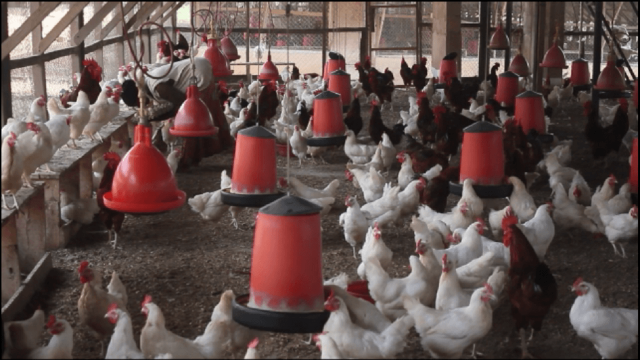
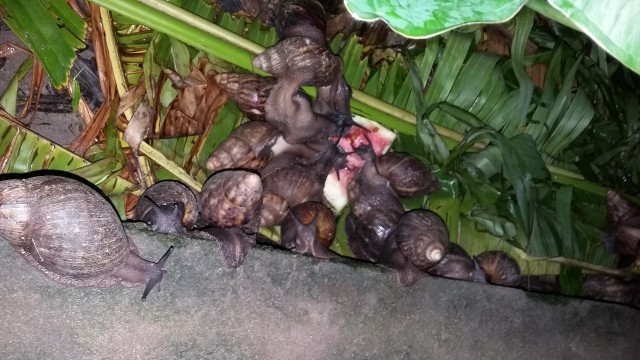
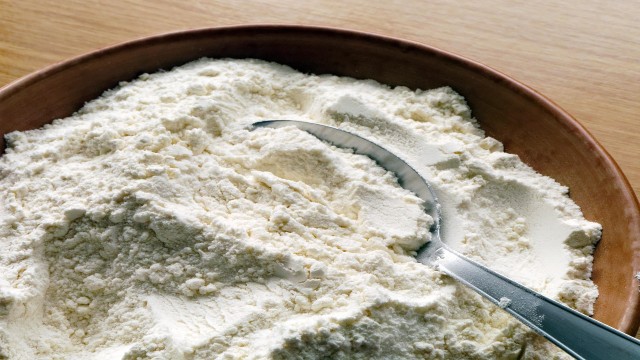
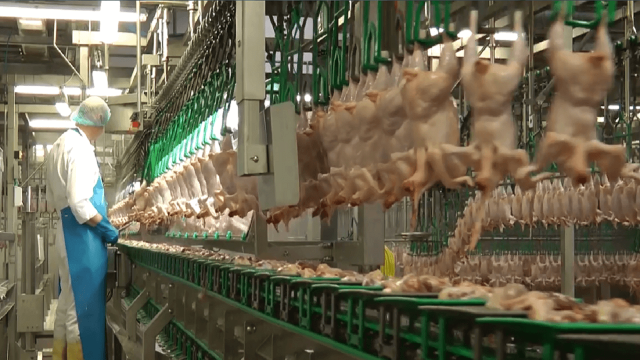

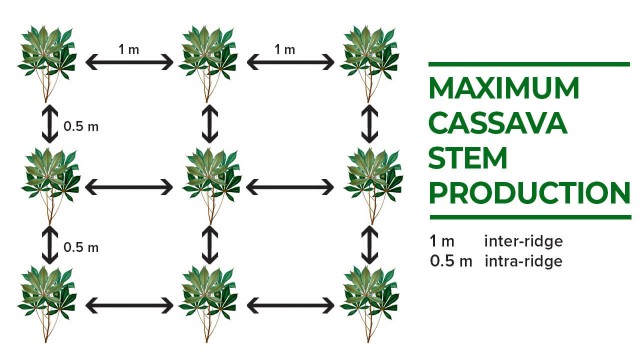


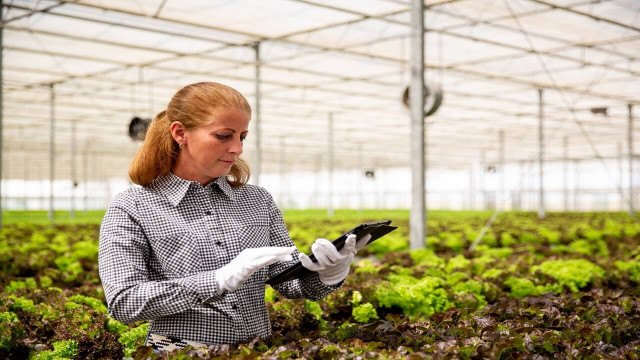



Share This Article: